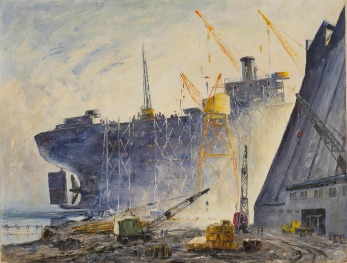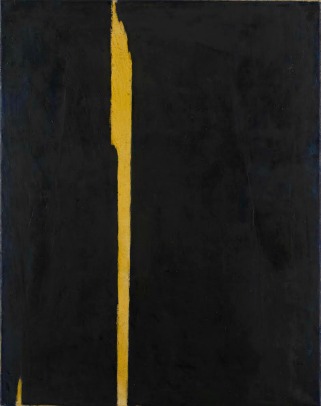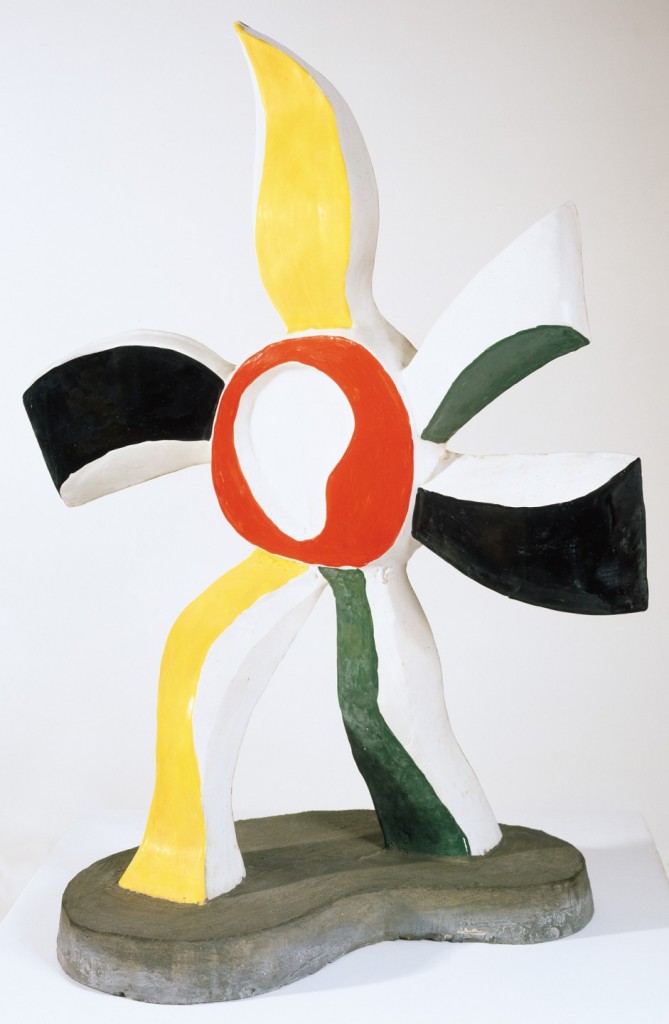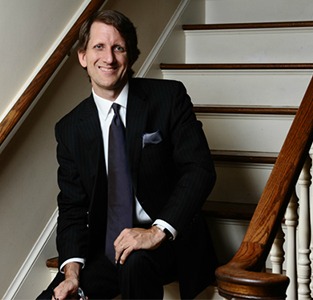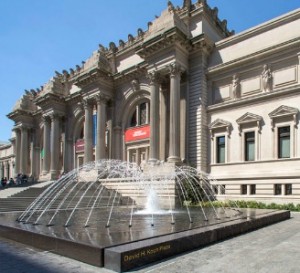 Contrary to some belief out there, I’m not against all participatory, experiential activities in art museums. (I don’t believe museums should be as quiet as cathedrals, either, but that’s another post.) Here’s a participartory program that sounds, in advance, without my being there, like a good one.
Contrary to some belief out there, I’m not against all participatory, experiential activities in art museums. (I don’t believe museums should be as quiet as cathedrals, either, but that’s another post.) Here’s a participartory program that sounds, in advance, without my being there, like a good one.
It’s at the Freer-Sackler Galleries* in Washington: in conjunction with the opening on Saturday of Unearthing Arabia: The Archaeological Adventures of Wendell Phillips and “International Archaeology Day” on Oct. 18, the museum has scheduled a slew of special events running from Oct. 12-18.
For example, on the 18th, in a family-day activity, visitors can:
…discover what it’s like to work on an archaeological dig in the remote deserts of Arabia. At 1:15 pm, join docents in the exhibition to read original records and see treasures from an actual expedition in the 1950s. At 2 pm, families are invited to explore the exhibition and then participate in a hands-on learning project in the ImaginAsia classroom. At 3:15 pm, meet archaeologist Zaydoon Zaid, who has led expeditions in Yemen and was an advisor for Unearthing Arabia.
I love that they are looking at original handwritten notebooks, photographs,  and film clips from these excavations in Yemen, where Phillips (pictured at right) dug during a massive expedition in the 1950s.
Outside the museum–try envisioning this–the Freer-Sackler has created:
…Washington’s first interactive scratch-off billboards, featuring images of Yemeni sand dunes that can be “excavated” to reveal treasures and images from the exhibition…[thus giving]…Washington commuters a chance to play the archaeologist in everyday life. The advertisements will go up Oct. 13 in bus shelters at 11th and E streets N.W. and Seventh and H streets N.W. and will remain on view during the initial weeks of the exhibition. A limited edition of postcard-sized versions will be available at the Sackler for budding expedition leaders to take home as a complimentary memento.
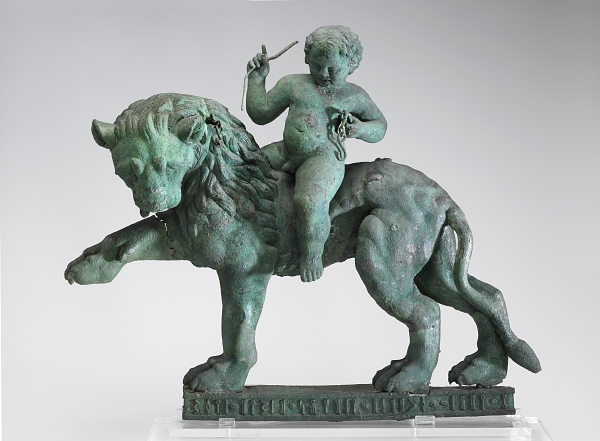 That’s an experiment–and I’m not sure it’ll work, but hey, why not? At least it is about the excavated artifacts.
That’s an experiment–and I’m not sure it’ll work, but hey, why not? At least it is about the excavated artifacts.
Unearthing Arabia is showing some wonderful artifacts from the dig, of course. There will be “a pair of striding Hellenistic bronze lions surmounted by a boyish rider… known as the ‘Lions of Timna,’” (at left) as well as an alabaster head of a young woman whose eyebrows are made of lapis lazuli, a gold necklace, carved incense burners, funerary sculpture and so on.
In an email to the press, the Freer calls the exhibit “multisensory,” and so I asked what that meant. I learned from the press office that it meant they were going beyond traditional wall labels:
…we wanted to rely more on video and sound [to] recreate the dramatic mood of Wendell’s memoirs and some of the sights/sounds of the expedition. (Lots of video is very unusual for us, we’re normally highly object-based). The walls in the galleries are used for large-scale, almost floor-to-ceiling projections that combine quotes, original video, soundtrack, animated lines from his field diaries and telegrams, and B&W and color photographs in a moving, shifting cinematic video.
On the programming side, our educational team will set up an occasional station with sand and sherds from the museum’s study collections, so that visitors can use real archaeological tools and get their hands a little dirty.
Wendell’s dime-store novel, Sheba’s Buried City, is also part of the mix.
What makes this better than some so-called experiential or participatory exhibits? The art, it seems to me, is at the center here; the rest is designed to engage people with the art.
Photo Credits: Courtesy of the Freer-Sackler
* I consult to a foundation that supports the Freer-Sackler

